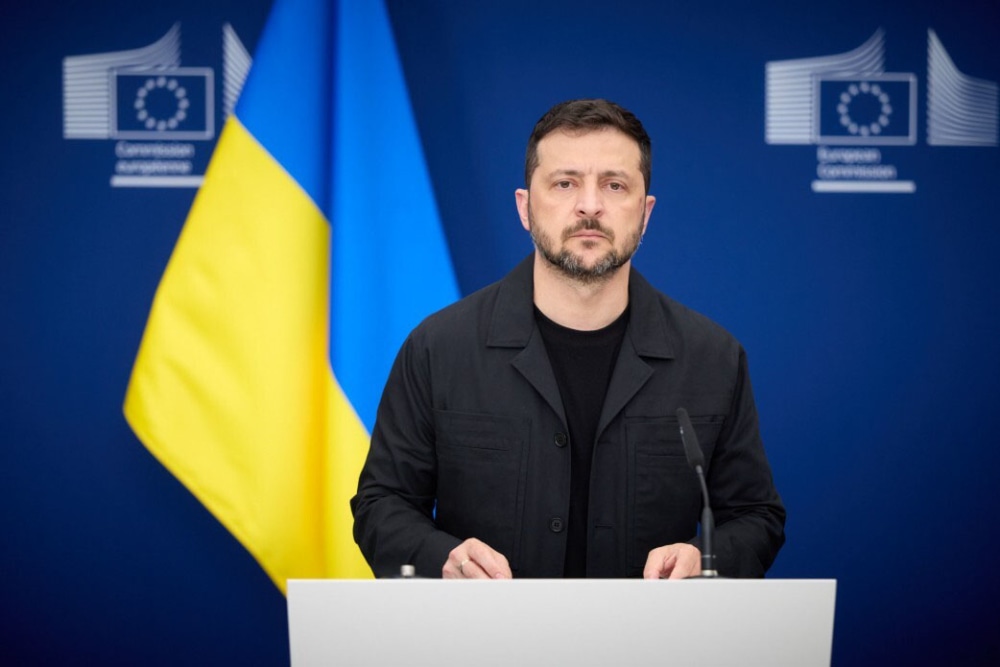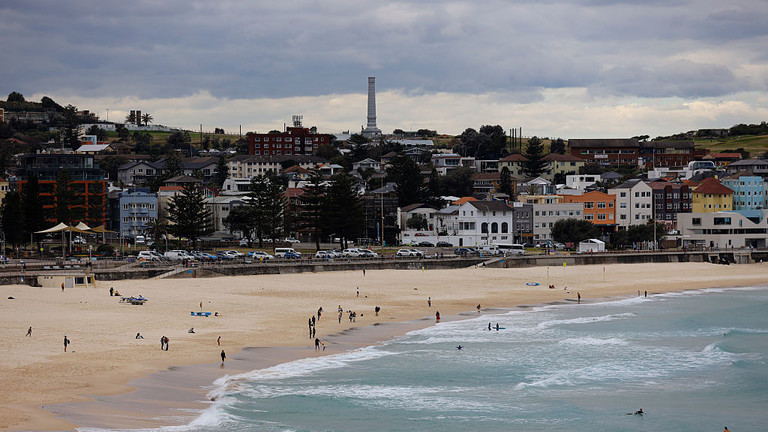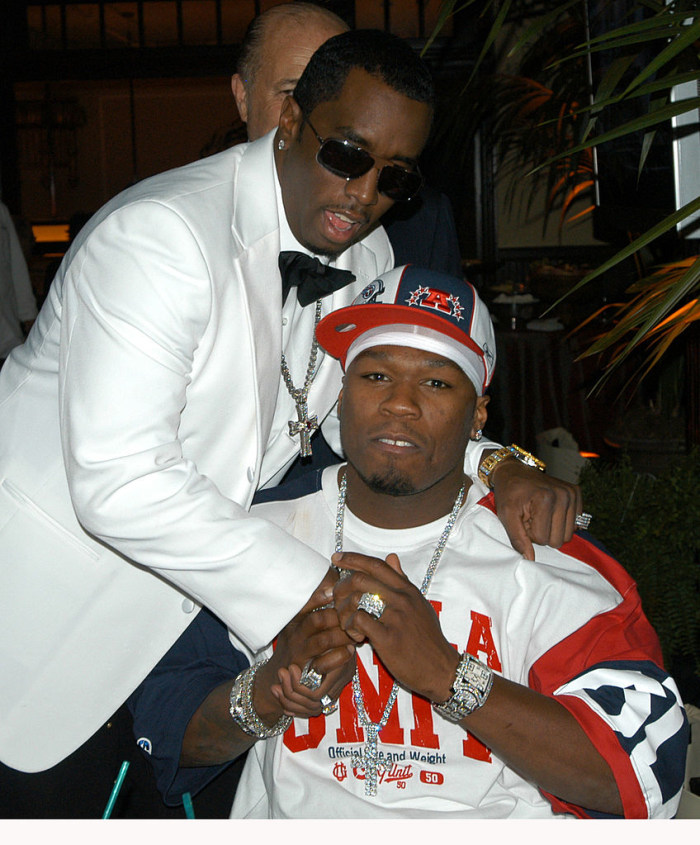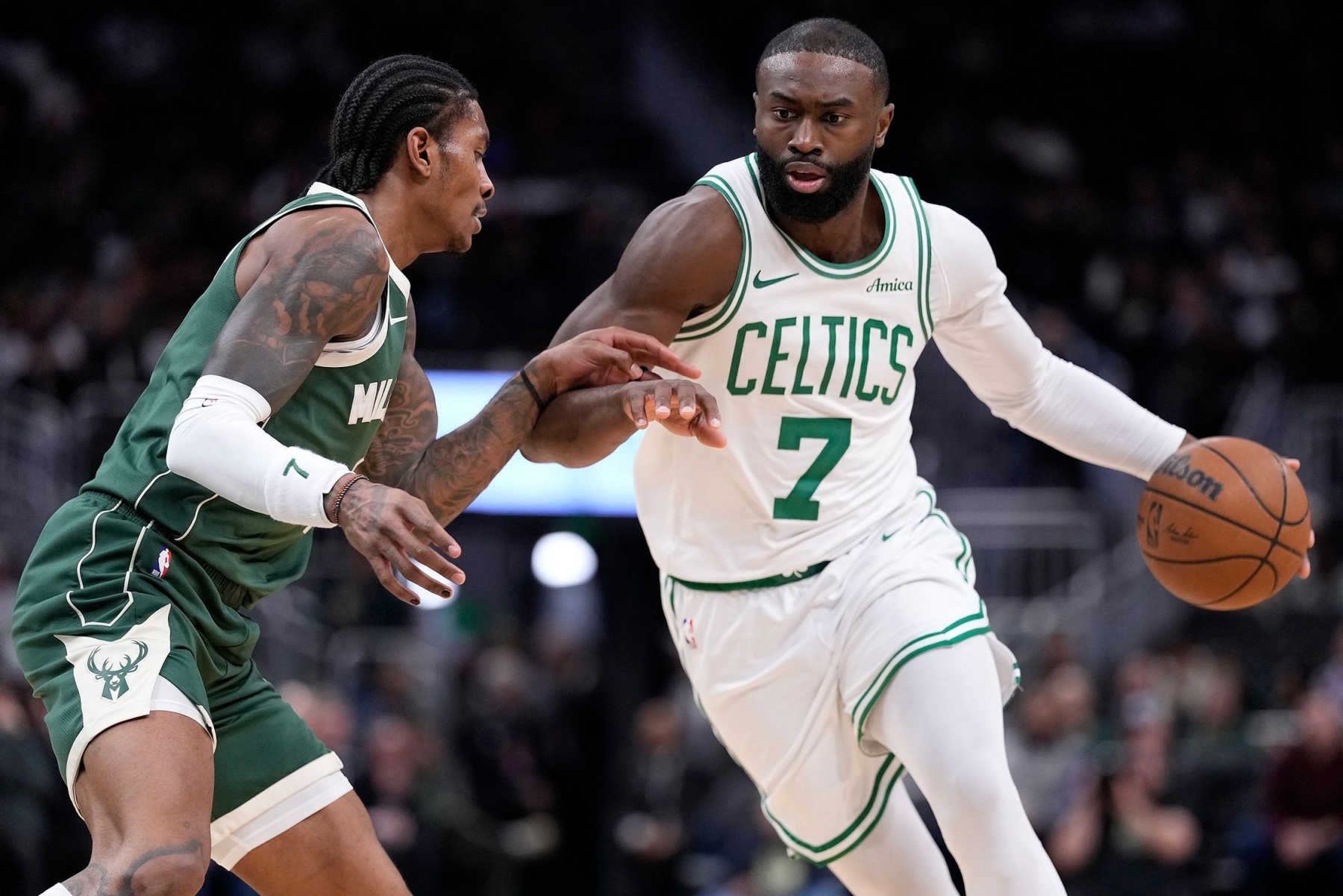
This article is more than
5 year oldFacebook rebellion? Zuckerberg alienates staff after REFUSING to censor Trump’s warning to looters as Twitter HIDES its twin
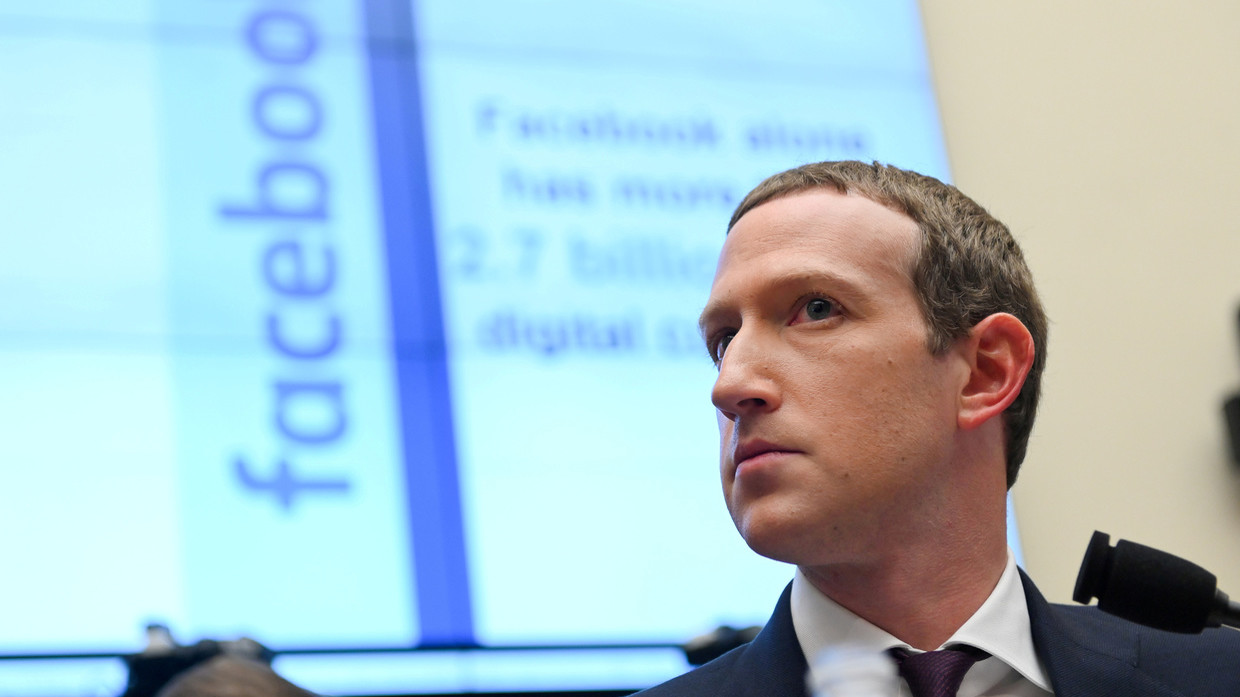
Grumblings amongst the employees were heard at all levels of the company, with the main criticism being aimed at Facebook’s decision to leave Trump’s post allegedly “glorifying violence” untouched, even as Twitter hid the same text behind a warning.
In his May 29 Twitter thread, Trump first decried what he called “a total lack of leadership” in Minneapolis, before proceeding to unload on “THUGS” that were “dishonoring the memory of George Floyd.” The part that Twitter took issue with read “when the looting starts, the shooting starts” and was interpreted as a threat to looters and rioters.
The tweet remains accessible “in the public’s interest,” but only after a user clicks on a warning message covering it.
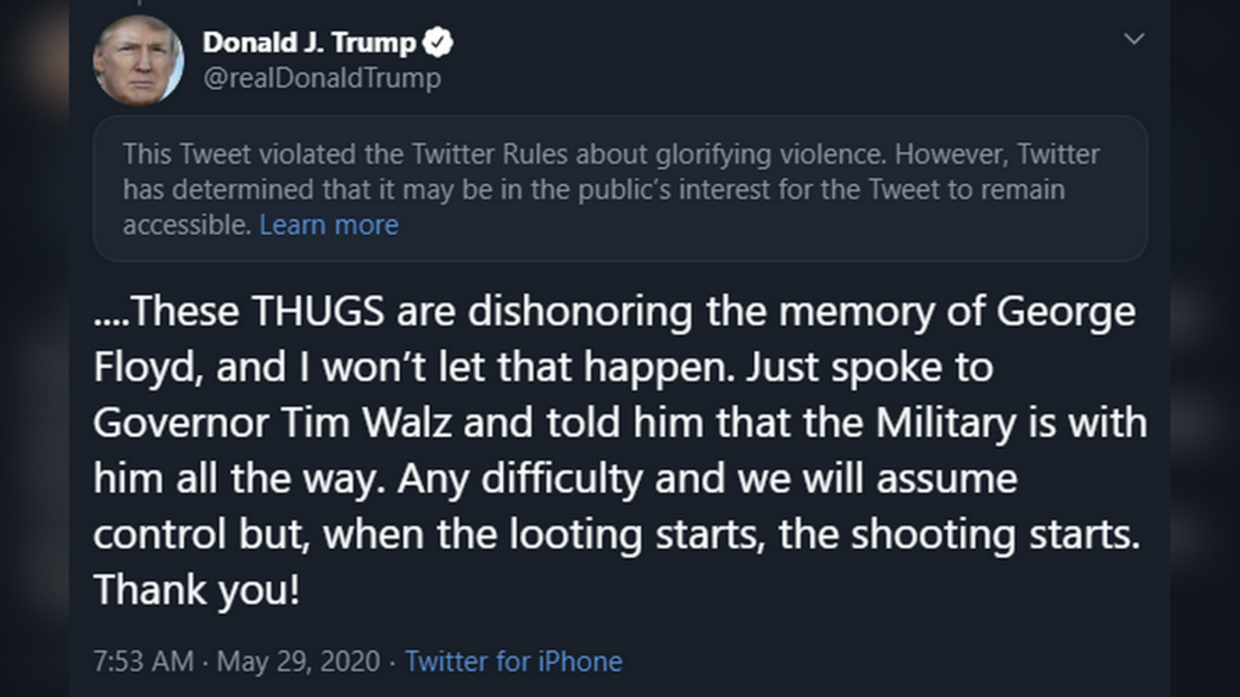 |
“Doing nothing” with this message on Facebook was not acceptable, fumed Jason Stirman, a member of the company’s R&D team and the former chief executive of the “mental training” app Lucid. He added that he was “not alone inside of FB. There isn’t a neutral position on racism.”
Andrew Crow, the head of design for Facebook’s Portal video-phone, tweeted: “Giving a platform to incite violence and spread disinformation is unacceptable, regardless who you are or if it’s newsworthy.”
Censoring information that might help people see the complete picture *is* wrong. But giving a platform to incite violence and spread disinformation is unacceptable, regardless who you are or if it’s newsworthy. I disagree with Mark’s position and will work to make change happen.
— Andrew (@AndrewCrow) June 1, 2020
On Friday, Zuckerberg explained why he felt the post should remain, even though he sees it as “divisive and inflammatory rhetoric.” Whilst Twitter had read the post as an incitement to violence, Zuckerberg decided that it was merely a warning to protesters that the police would be shooting at them — thus breaking no rules.
The disdain felt inside Silicon Valley is not a surprise at this point, in August, 2018, CEO of Twitter Jack Dorsey stated that a majority of his workforce had a left-leaning bias.
Zuckerberg held his ground by stating that he “disagreed strongly”with how the president spoke, but “I believe people should be able to see this for themselves, because ultimately accountability for those in positions of power can only happen when their speech is scrutinised out in the open.”
Since then, however, more Facebook employees have come forward to complain. Ryan Freitas, the director of product design for Facebook’s News Feed, called out the CEO by saying that “Mark is wrong, and I will endeavour in the loudest possible way to change his mind.” Others appealed to Facebook’s oversight board, a quasi-independent body recently set up to act as its “supreme court.”
The power of these outward protests is not to be underestimated. For example, Google was pressured to abandondeveloping an AI for the Pentagon in June 2018, after an employee revolt.
It is no secret that Silicon Valley tech giants are staffed by outspoken partisans. Google engineer James Damore was sacked after he wrote an internal memo daring to criticize the company for its lack of ideological diversity. Project Veritas, a conservative watchdog specializing in undercover videos, has an entire series on Twitter employees confessing their political prejudice. With Twitter going to war with POTUS, how long will Mr. Zuckerberg be able to look the other way?
Like this story? Share it with a friend!
